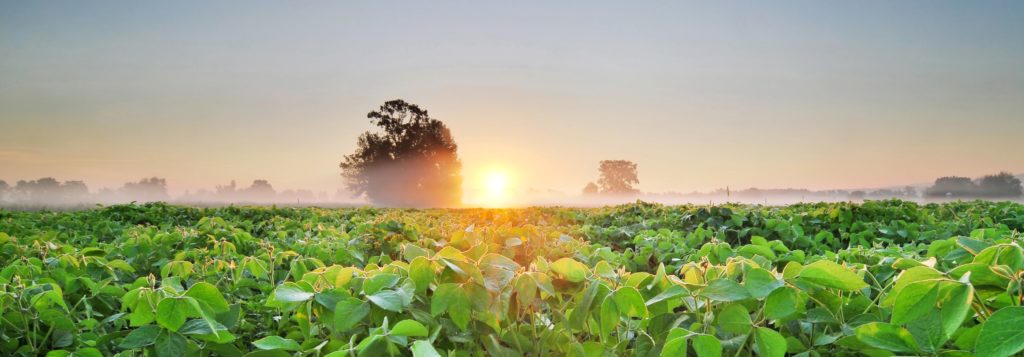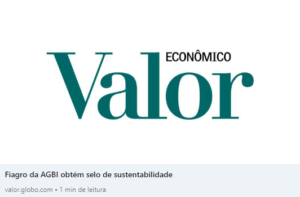By 2022, Brazilian agribusiness should be the most important cog in the country’s economy. Faced with significant hurdles, agribusiness is once again considered as the key driver of Brazil’s economic growth, with a growth prediction of 5% until the end of this year. This viewpoint is based on forecasts of excellent weather conditions that promote planting across a wide portion of the country.
In comparison to the previous year, when the Brazilian producer faced a serious water and energy problem, the climatic forecast for 2022 looks promising. The La Niña phenomena causes more rain in the north and northeast while less rain falls in the south. Soybean planting has begun in the Center-West region and is well underway. As a result, projections indicate a record harvest with about 289 million tons to be harvested, a volume 14% larger than the one produced in 2021.
On the other hand, rising input, machinery, and agricultural equipment prices can significantly reduce producer margins. This price increase is the result of high supply and demand oscillations in these industries, as well as the restart of global expansion with the advancement of immunizations during the pandemic. Furthermore, because a big portion of fertilizers and pesticides are imported and are directly affected by the dollar exchange rate, the depreciated exchange rate has a significant impact on production costs. Because a large portion of the country’s production is priced on the Chicago Exchange and exported, the relief is due to the favorable influence on demand.
Environmental objectives will be another problem for Brazilian agribusiness in 2022. The COP26 negotiations and legislative proposals, which seek to reduce greenhouse gas emissions by agriculture and cattle-raising, as well as energy transitions to greener sources, among other things, can have a direct impact on production, as large European and American retailers have begun to boycott products that do not comply with sustainable rules. Changes and tweaks to the criteria may have an even greater impact on the margins of the producers.
At the very least, 2021 provides some breathing room to address these concerns. Despite the spike in commodity prices to levels never seen before, the year finished with record exports of more than US$102 billion. Exports are likely to retain their performance in 2022, notwithstanding the small fluctuations in domestic pricing expected. Furthermore, the grain production area expanded by 6 million new hectares, indicating a growing wave of investments in the industry, which will culminate in an even more significant evolution for agribusiness this year. When confronted with this environment, agribusiness is undeniably repositioned as a potential engine of the national economy. Despite multiple challenges, the industry demonstrates resilience by maintaining consistency in production and modernizing its operations in order to continue contributing to the recovery of the Brazilian economy.





